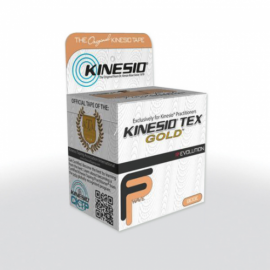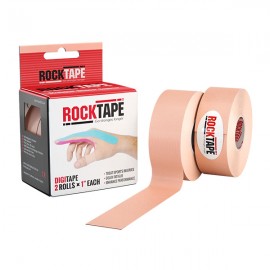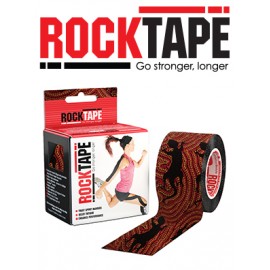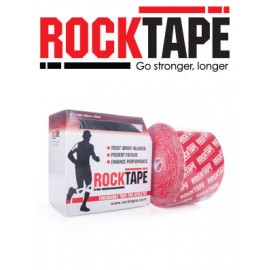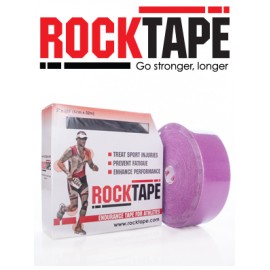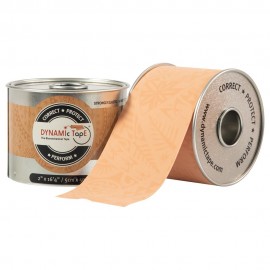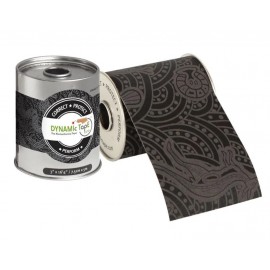Understanding the Difference Between Kinesio Tape and Dynamic Tape
Introduction:
In recent years, the use of therapeutic tapes in various fields, particularly in sports and rehabilitation, has gained significant popularity. Two prominent types of tapes that have emerged as go-to options are Kinesio tape and Dynamic tape. While they might seem similar at first glance, there are distinct differences between the two. In this article, we will explore the dissimilarities between Kinesio tape and Dynamic tape, shedding light on their unique features, applications, and benefits.
Kinesio Tape:
Kinesio tape, often referred to as K-Tape, is a widely recognized brand that has become synonymous with elastic therapeutic tape. It was developed in the 1970s by Dr. Kenzo Kase, a Japanese chiropractor. Kinesio tape is made of thin, stretchable cotton fabric with an acrylic adhesive backing. It is designed to mimic the elasticity of human skin and can stretch up to 140% of its original length.
Key Features and Applications of Kinesio Tape:
Elasticity: Kinesio tape provides moderate elasticity, allowing for a wide range of motion. It is commonly used to support muscles, joints, and ligaments during physical activities.
Breathability: The cotton fabric of Kinesio tape is highly breathable, ensuring comfort and preventing excessive moisture buildup.
Muscle Support: Kinesio tape is often used to relieve pain, reduce inflammation, and support muscles during injury recovery. It aims to facilitate natural movement and improve muscle function.
Rehabilitation Aid: Kinesio tape is frequently utilized in rehabilitation settings to assist with muscle activation, joint alignment, and proprioception (the body's awareness of its position in space).
Targeted Application: Kinesio tape is applied in specific patterns, such as fan cuts or muscle-specific techniques, to provide localized support and enhance muscle recruitment.
Dynamic Tape:
Dynamic tape, on the other hand, is a relatively newer addition to the world of therapeutic tapes. It was developed in Australia by sports physiotherapist Ryan Kendrick and launched in 2010. Dynamic tape is a highly elastic, multi-directional tape that is constructed with a synthetic, breathable fabric and features an innovative, viscoelastic polymer core.
Key Features and Applications of Dynamic Tape:
High Stretch and Resistance: Dynamic tape has a higher stretch capacity compared to Kinesio tape, enabling it to absorb and distribute force more effectively. It provides a strong, recoil-like effect, allowing for better biomechanical assistance during movement.
Load Absorption: Dynamic tape is specifically designed to absorb and offload forces during physical activities. It can be used to reduce strain on injured or overloaded tissues, promoting optimal movement patterns.
Muscle Function Enhancement: By influencing muscle activation and reducing excessive or undesirable movement, Dynamic tape aims to enhance muscle performance and promote functional movement patterns.
Long-Term Wear: Dynamic tape is designed for extended wear, even during rigorous physical activities. It retains its elasticity and adhesive properties for longer periods, making it suitable for athletes and individuals requiring prolonged support.
Structural Support: Dynamic tape can provide support to larger areas or entire body segments, helping to improve biomechanical alignment and address complex movement dysfunctions.
Conclusion:
Although Kinesio tape and Dynamic tape share the common goal of providing therapeutic support and facilitating recovery, their unique designs and characteristics make them suitable for different applications. Kinesio tape focuses on moderate elasticity and targeted muscle support, while Dynamic tape offers high stretch capacity and load absorption capabilities. Both tapes have their merits and can play integral roles in injury management, rehabilitation, and performance enhancement. Understanding the differences between Kinesio tape and Dynamic tape allows healthcare professionals and athletes to make informed decisions when choosing the most appropriate tape for their specific needs.


